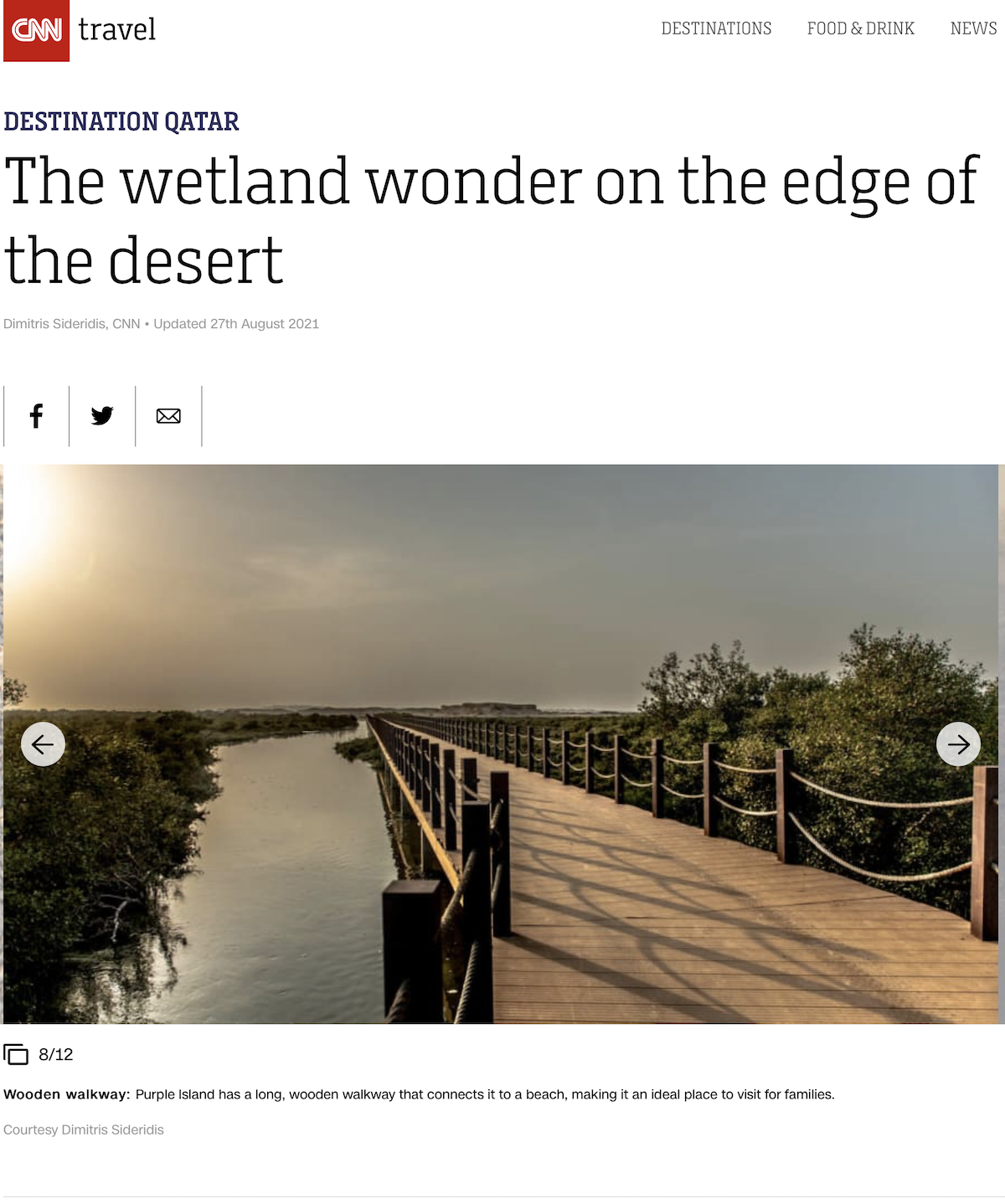Al Thakira, Qatar (CNN) — On the northeastern edge of the vast Qatari desert, rocky and beige flatlands give way to a large stretch of rich vegetation and snaking waterways. Along the tidal estuary, pencil-like roots poke out of the muddy ground to provide oxygen to the dense shrubs as countless crabs zip in and out of protruding burrows.
Al Thakira’s mangrove reserves are among the Gulf’s country’s most treasured natural sites — and one of the most popular destinations for urban residents looking to unwind from city life, as well as for tourists seeking a green respite.
These protected forests are home to Avicennia Marina, also known as the gray or white mangrove tree that has become the dominant species in the region.
Found on the boundary between the Qatari land and sea, the mangrove thickets provide a valuable nursery habitat for many types of coastal and offshore fish and crustaceans and a sanctuary for flamingos, herons and other seasonal bird life.
